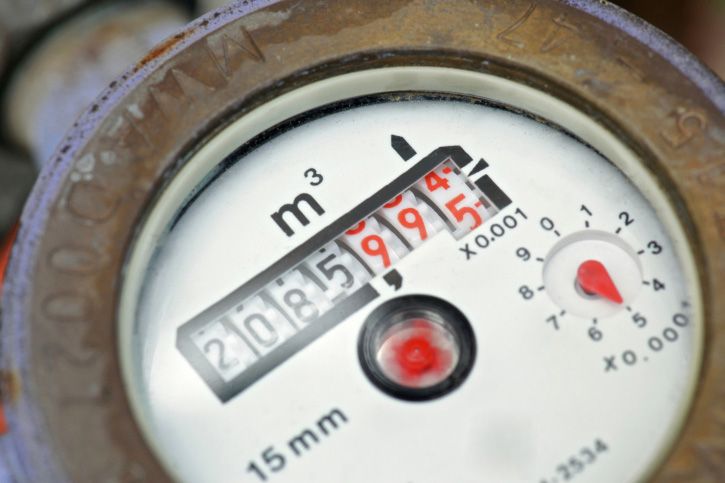 If your water consumption is higher than it should be, it might be time to check for leaks. Leaking water produces a high water bill.
If your water consumption is higher than it should be, it might be time to check for leaks. Leaking water produces a high water bill.
What you can do —
Check the easy things first
Look for dripping faucets, running toilets, or a leaking water heater. Some leaks are sporadic and require a little detective work, while others are obvious.
How to check for a toilet leak
Put dye in the toilet tank and see if it ends up in the toilet bowl. If it does, this indicates a leak. Toilet leaks are one of the most common sources of leaks and can waste hundreds of gallons of water a day. Pinpointing a toilet leak is usually easy and inexpensive.
Read the meter
Your water meter can be a valuable tool in detecting leaks. Your water meter should tell you when there is a problem. It’s always good to know where to locate the meter. If you don’t know the location of your water meter, call the water office to find out the location. The water meter will either be in a mechanical area inside the home or outside in a meter pit near the street. Most water meters have “dials” that will move as water moves through. The faster the dials turn, the more water is going through the meter. Look at your most recent water bill. The reading undercurrent reading would now be your previous reading. Subtract the previous reading from the reading on your meter now, and you will have the amount of water usage since your last reading.
What your plumbing service provider can do —
For main water service leaks
We can shut the water off at the main valve inside the home, and the water meter can be checked to see if the water is still passing through it. This would indicate the main service line leak and may need to be replaced.
It might be out of sight
After checking the obvious areas, an underground leak is next in the investigation. The underground water service line running from the municipal water supply at the street up to the house may be leaking. The leak can go undetected since most lines are buried at least three feet below ground level.
Check the floor
If your home is built on a concrete slab – meaning no basement or crawlspace – the water lines that supply all the fixtures in the home usually run under the concrete floor. A “slab leak” also can be a potential cause of high water use. Slab leaks are more difficult to locate because a series of valves will have to be installed to shut the water off to different parts of the house until the line leak on the floor is identified.
How to resolve the problem —
It doesn’t matter what type of leak it is, there is a solution. Repair faucet drips and running toilets. Replace the main water service with a new line. Abandon water lines leaking in the slab floor, and run a new water line through an attic space to avoid breaking up the floor.
Handy homeowners typically can perform faucet and toilet repairs themselves, but due to permit requirements, a licensed plumber should be retained for the larger jobs such as replacing water main or repairing leaks in the slab. If you need assistance locating a water leak in your home, contact Korrect at (937) 837-2333.
